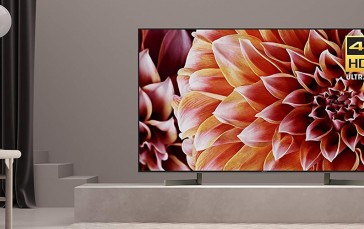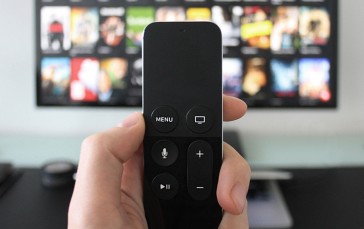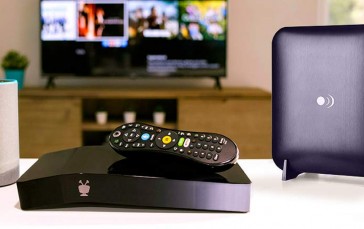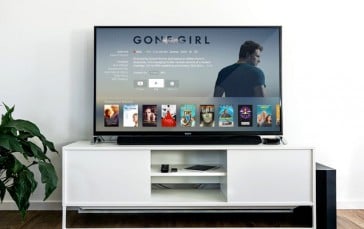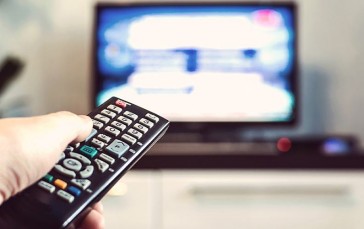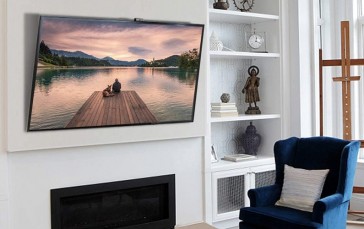4K+ Resolution
Let’s set the scene. It’s Super Bowl Sunday in a post-Covid world. Your buddy invites you over for the game, and he can’t stop talking about his new 8K television. The last time you were over, he had a Sony 4D LED TV, and all he could talk about was how good it looked. Now he’s saying the same thing about his new TV, and you can’t tell the difference. Is something wrong with your eyes, or is he full of crap? Beyond 4K resolution, is there much else to see?
This is the question that all Smart TV owners should know the answer to. Let’s dig in!

Resolution — HD, 4K, & Beyond
Pixels are the tiny dots of light that make up the images on your television — think about them like the dots that make up the images in a newspaper photo (what’s a newspaper, you ask? Okay, never mind, bad analogy). The more pixels your television has, the higher its resolution.
A 4K television has 4,000 pixels across the horizontal edge — about four times as many as an HD television (which has 1080).
The best metaphor we found while researching this blog takes place at the beach. If you look at a pile of sand from about twenty feet away, all those individuals grains of sand kind of blur together, right? But if you move closer to it, you can start to see the grains. As you get closer and closer, smaller and smaller grains smart to become visible.
So when it comes to resolution and telling the difference between things at the upper end (say 4K and above), it’s at least partially about how close you are sitting to the screen. The closer you get, the more it will become apparent how much more clear and sharp the picture is. This is why gamers and professional photographers love high-resolution monitors. When you work or play on a computer, you sit pretty close to your monitor after all!
Size Sometimes Matters
If you are going to spring for a 4K television, you might as well get a large one. That’s because the size of the screen also makes a difference when it comes to how much of a difference you can notice between 1080 and 4K+. The larger the screen, the more of a difference you are likely to see because all those pixels are spread out over a larger surface.
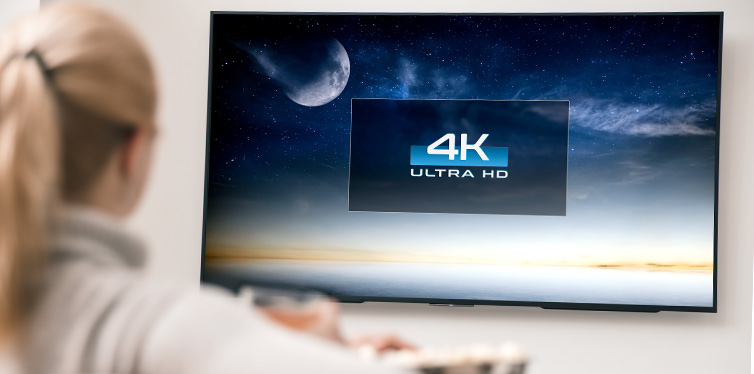
But…
But that being said, you’d still have to sit pretty close to an ultra-high-resolution television to get all the observable detail. According to one resource we found, you’d have to be within 4 feet of a 60-inch television (measured diagonally) to see all the resolution that 4K has to offer — and you’d have to be within two feet to catch all the detail in an 8K TV. Nobody wants to sit within 2 feet of television, so unless you’ve got the cash to buy a 370-inch 8k television (you don’t), we wouldn’t bother.
So the next time your buddy invites you over to oooh and ahhh at his 8K set, maybe give it a pass and stay home with your Android TV Box or similar streaming TV device and enjoy perfectly acceptable HD resolution from a reasonable distance.


